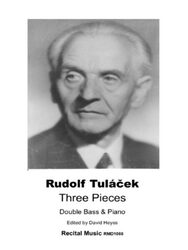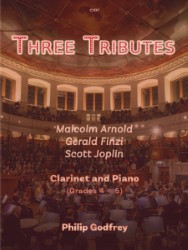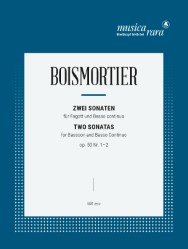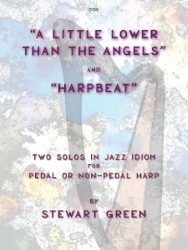3 Romances Op. 94 arr. Bassoon and Piano
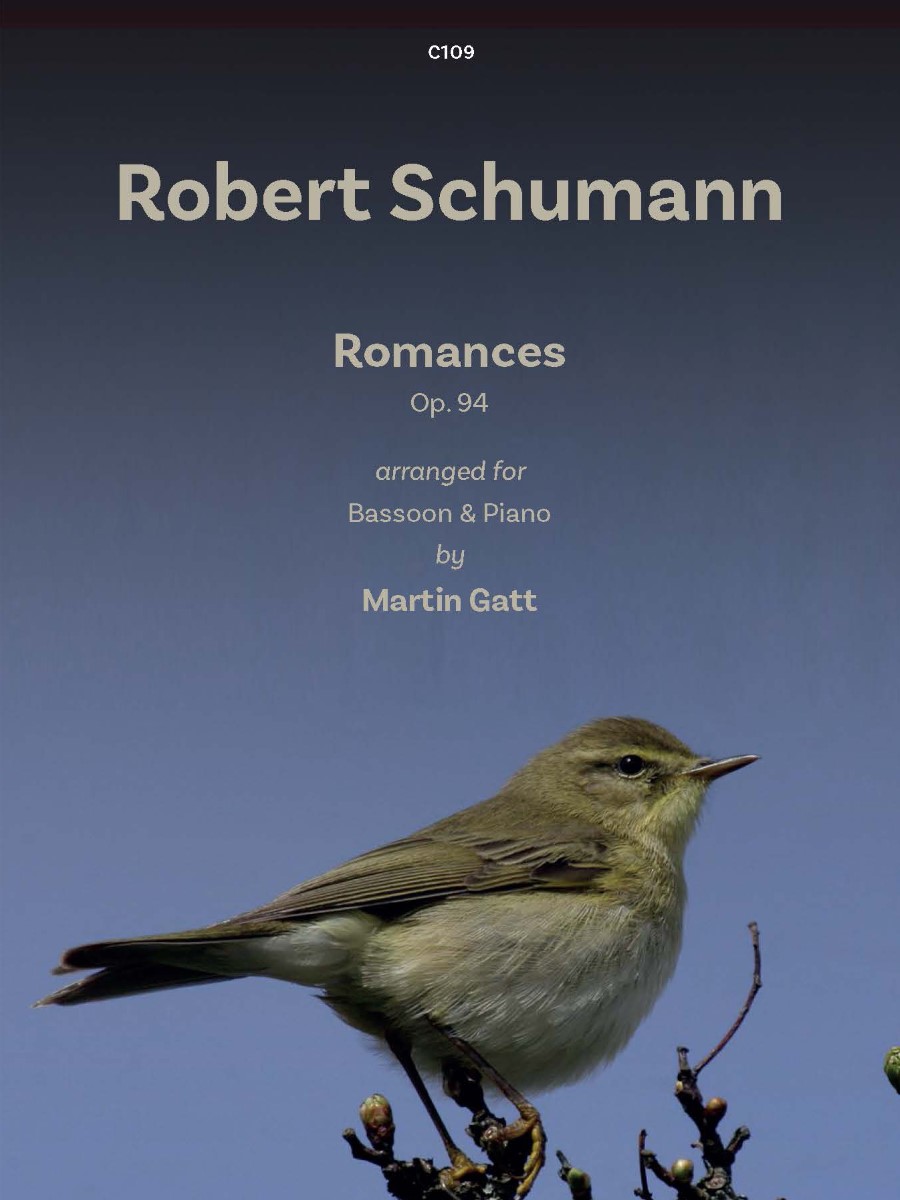
Composer: Schumann, Robert
Arranger: Gatt, Martin
Arranged for: Bassoon and Piano
Instrumentation: orig. Oboe and Piano
Publisher:
| Product Code: | 979-0-570-81109-0 |
| ISMN: | 979-0-570-81109-0 |
| Publishers Number: | C109D |
| Difficulty: | Grades 7 – 8 |
| Published date:: | 20230509 |
| Language: | English |
| Page count: | 20 |
| Condition: | New |
ABRSM Grade 8 List B: Romance No. 2.
Trinity College Grade 7 Group A: Romance No. 1.
Schumann’s early years were marked by his father’s influence, who was a bookseller and publisher. He began his musical education at the age of six, studying the piano. In 1827, he came under the musical influence of Austrian composer Franz Schubert and the literary influence of German poet Jean Paul Richter. In the same year, he composed some songs.
Despite initially studying law at the University of Leipzig, Schumann’s passion for music prevailed. He studied the piano seriously with Friedrich Wieck, Clara’s father, and eventually married Clara despite Wieck’s opposition2. Schumann’s early works were mainly piano pieces, including the large-scale “Carnaval” (1834–1835). He co-founded the “Neue Zeitschrift für Musik” (New Musical Journal) in 1834 and edited it for ten years, contributing significantly to music criticism.
His compositions include the “Piano Concerto in A Minor, Op. 54,” “Symphony No. 1 in B-flat Major,” and song cycles such as “Frauenliebe und -leben” and “Dichterliebe.” Schumann turned to orchestral music in 1841, chamber music and choral works in the following years, and his wife Clara premiered many of his works, including the Piano Concerto.
Schumann’s life was troubled by mental health issues, which led to his attempted suicide in 1854 and subsequent confinement in a sanatorium, where he died two years later. His legacy remains significant, as he was one of the most important Romantic composers and a highly regarded music critic, whose deeply personal music reflects the nature of Romanticism.
Schumann wrote the Romances in 1849 initially for Oboe (or violin or clarinet) with Piano. His efforts were not tied to a commission or request…
The first piece, marked Nicht schnell (Not quickly), presents a lovely theme on the bassoon, supported by imaginative accompaniment on piano. The mood is tranquil throughout.
That description might also apply to the second piece, marked Einfach, innig (Simply, ardently), but for a somewhat tense middle section. All three pieces are very similar in the character of their main themes: each, in fact, is songful and might have served the voice just as well as the bassoon.
The third piece is the liveliest of the trio. Marked Nicht schnell, it is also the most rugged and colorful-sounding one in its main theme. There is more than a hint of Brahms here, a composer who was just beginning to make his mark. The middle section is lovely, similar in character to the opening melodies of the first two pieces. The piano accompaniment is deftly wrought throughout, never overwhelming the bassoon, yet always making its supportive presence felt.
Previously published by Phylloscopus PP812
About the arranger:
Martin Gatt studied at the Royal College of Music with Archie Camden and was principal bassoon of the London Philharmonic Orchestra from 1958-66, of the English Chamber Orchestra from 1966-76, and of the London Symphony Orchestra from 1977-98.
He was also the bassoonist in the Barry Tuckwell Wind Quintet from 1967-91 and taught at the Guildhall School of Music and Drama from 1967-84. At the Hong Kong Academy for Performing Arts he founded the Department of Wind, Brass and Percussion. He regularly sits on panels of juries in Great Britain and abroad.
He was awarded a Fellowship by the RCM where he still teaches and also a Fellowship by the Guildhall School of Music and Drama (1982)
R.R.P £9.50
Our Price: £8.08
Digital Download – PDF
Shipping costs: No shipping

